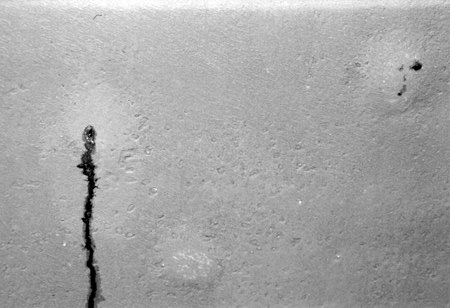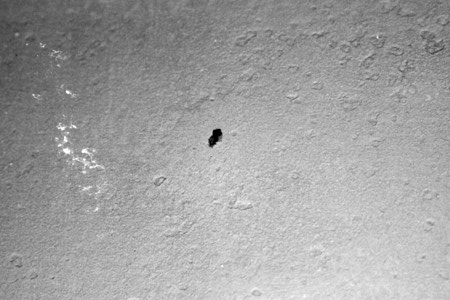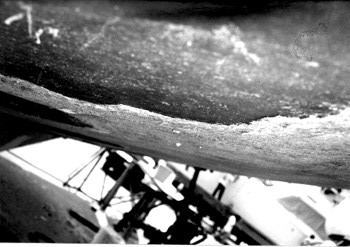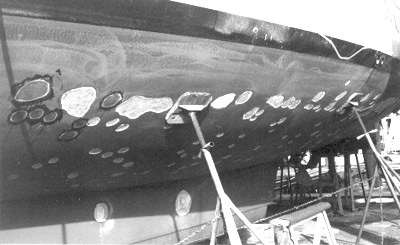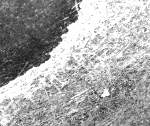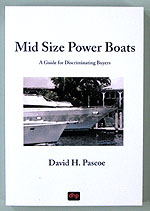From Article Avoiding the Blister BluesPhotos by David H. Pascoe, Marine Surveyor
Go to Article
First posted on David Pascoe's site www.yachtsurvey.com on May 19, 1997. |
PHOTO
LIBRARY
last updated
Articles, Images - Copyright ©1996-2018 David H. Pascoe All Right Reserved.
Web Site Design - Copyright ©1996-2018 D. H. Pascoe & Co., Inc. All Rights Reserved.
Destin, Florida
Web Site Design - Copyright ©1996-2018 D. H. Pascoe & Co., Inc. All Rights Reserved.
Destin, Florida



